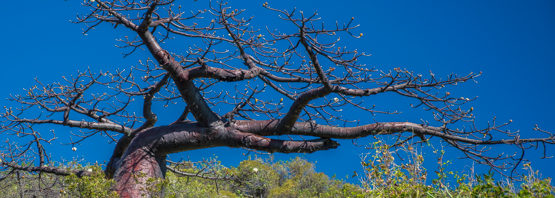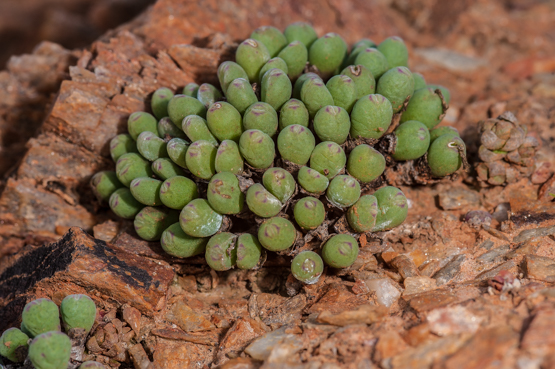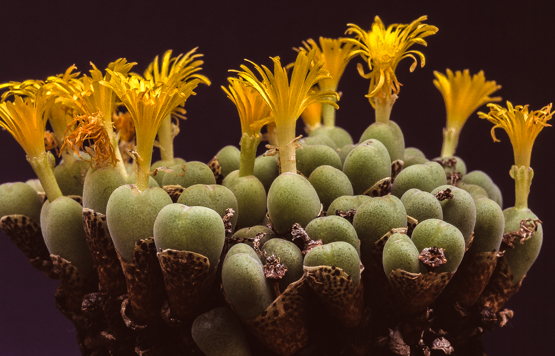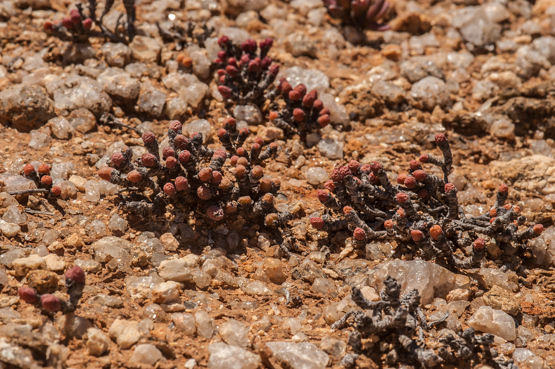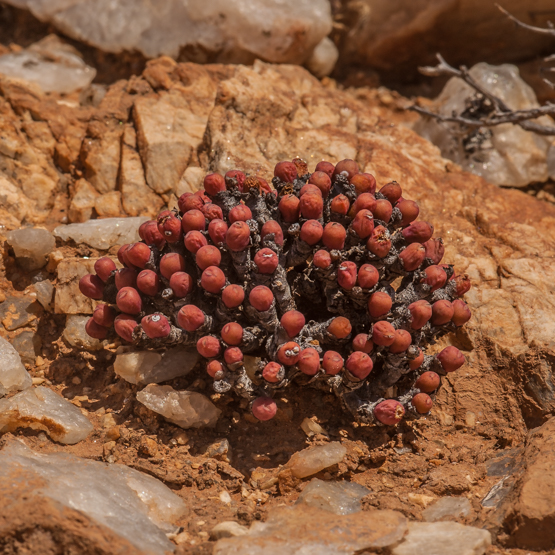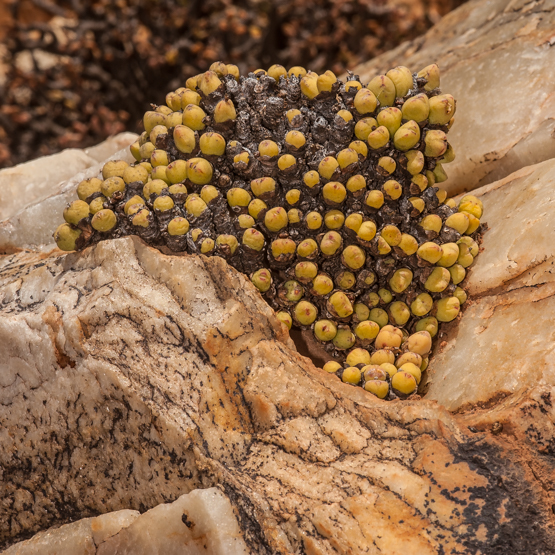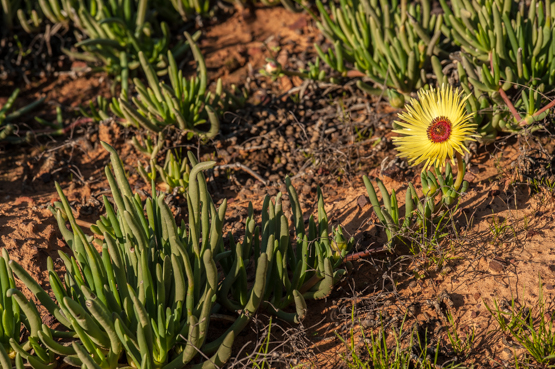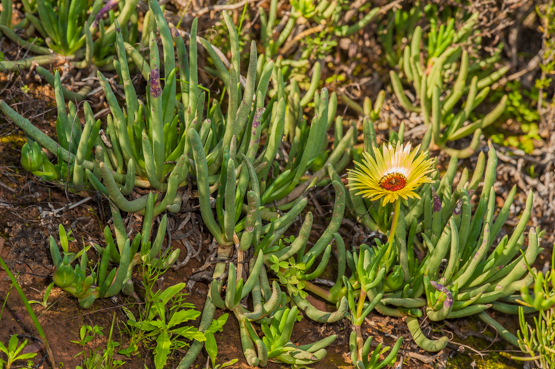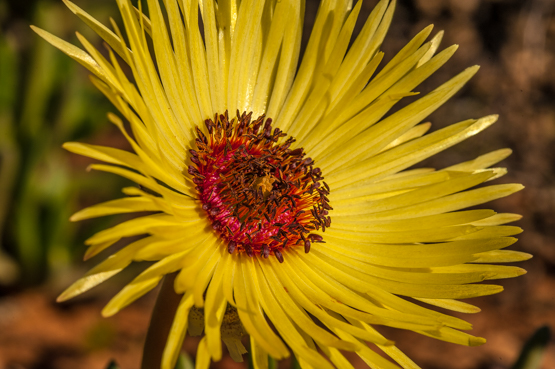Two days ago I returned from Madagascar. The return flight was rather annoying, as the airline had decided to cancel part of the original schedule. But as they say: all is well that ends well.
Our stay on the Big Island was great: beautiful scenery, lovely people, good food. Oh yes, you’re right, I went there to see succulent plants! Well, in that respect the trip proved to be a bit of a mixed bag. I knew beforehand that the northern part of the country (North of Antananarivo) does not harbour as many succulent plant species as the south and southwest. Unfortunately that proved to be rather an understatement. The number of species I came across was very limited, to put it mildly. On the other hand the area has a number of very interesting and beautiful endemics.
The last two days we spent south of the capital and that tipped the balance to the positive side.
All in all we loved being in the country again and we are now contemplating a new trip there pretty soon, this time to the more arid parts.
The following pictures will give you some idea of the things we saw.

Rice fields in the Ankarafantsika Nat. Park

A typical example of the building style in the central highlands

Between Antanarivo and Maevatanana
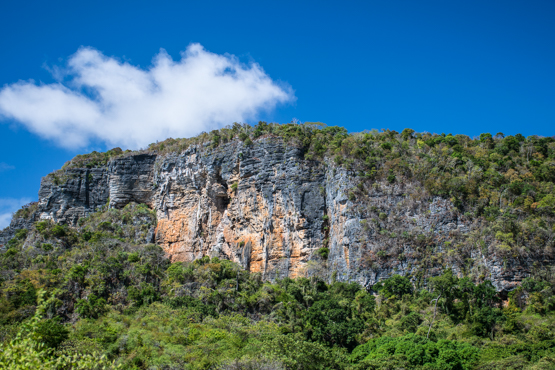
One of the more interesting areas for succulents: Montagne des Francais near Diego Suarez
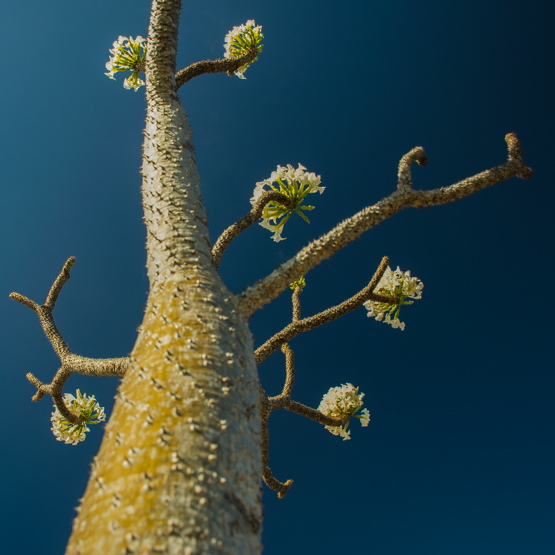
Pachypodium rutenbergianum
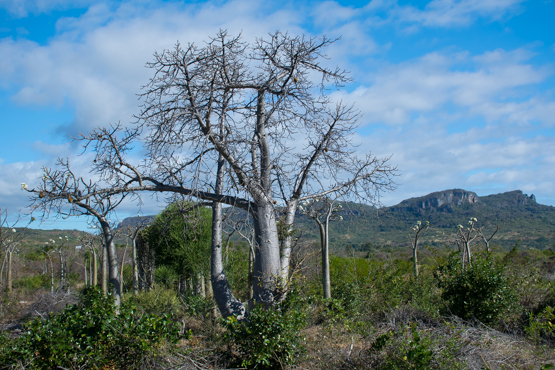
Adansonia madagascariensis accompanied by Pach. rutenbegianum on sandy coastal plain near Diego Suarez

Adansonia suarezensis near Diego Suarez

Pachypodium brevicaule at Mt. Ibity near Antsirabe
